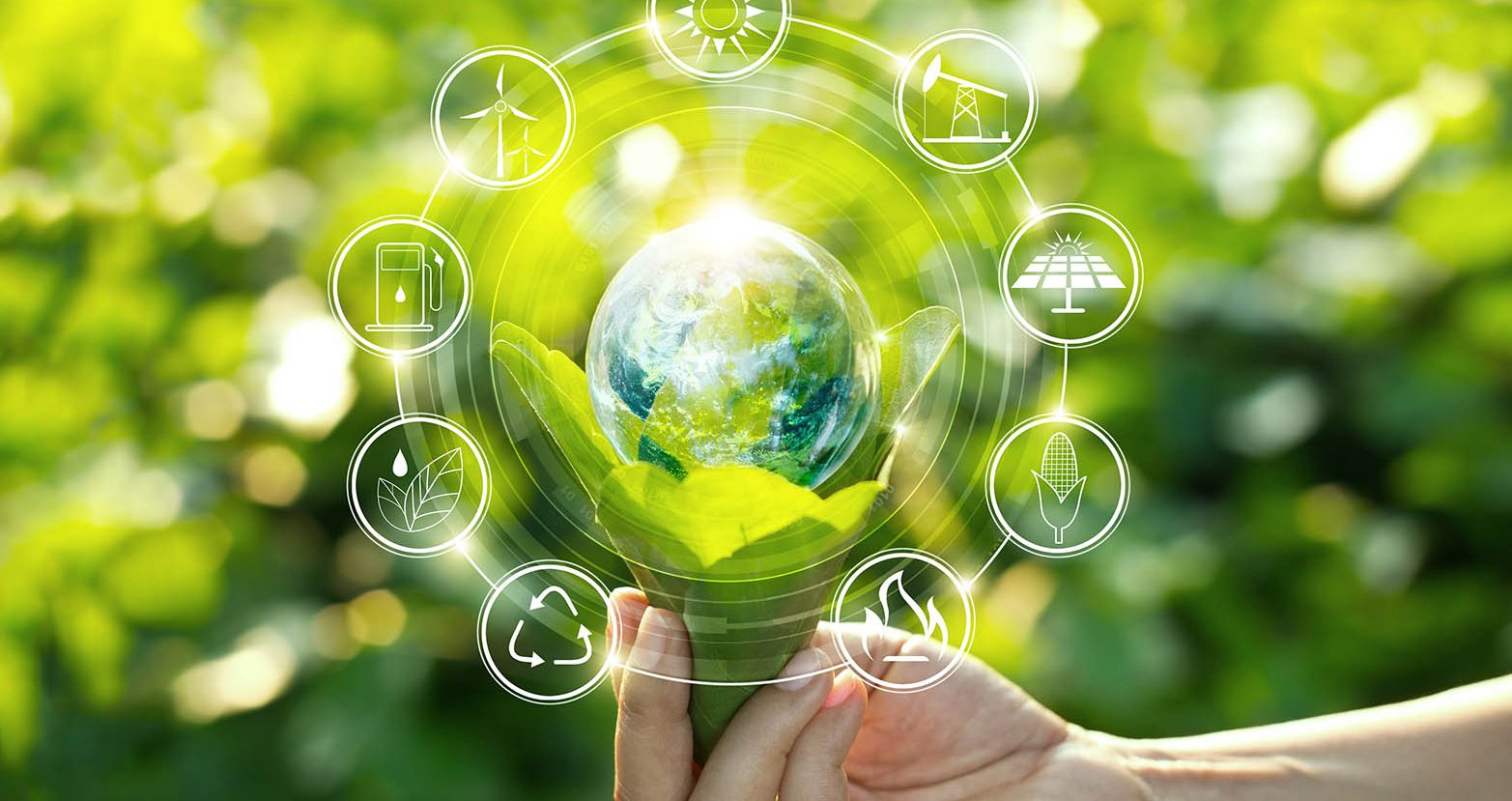Sustainable living has transcended from being a mere trend to becoming a global movement, and the numbers speak volumes about its significance. Here’s a numerical breakdown showcasing the growing importance and impact of sustainable practices:

1. **Carbon Footprint Reduction**:
According to recent studies, individuals practicing sustainable living can reduce their carbon footprint by up to 68%. This reduction stems from simple yet impactful changes like adopting renewable energy sources, reducing waste, and opting for eco-friendly transportation options.
2. **Renewable Energy Adoption**:
Globally, the adoption of renewable energy sources has been on the rise, with an average annual growth rate of 13.7% for solar energy and 6.3% for wind energy. This shift towards renewables not only reduces reliance on fossil fuels but also contributes to mitigating climate change effects.
3. **Waste Reduction Efforts**:
The average person generates over 4 pounds of waste per day, contributing to overflowing landfills and environmental degradation. However, communities embracing sustainable living have managed to significantly reduce this figure through recycling, composting, and embracing a zero-waste lifestyle.
4. **Eco-friendly Transportation**:
With transportation accounting for a significant portion of global carbon emissions, the transition to eco-friendly alternatives has become imperative. Electric vehicles (EVs) have seen a remarkable surge in popularity, with sales increasing by 43% in 2023 alone. Additionally, initiatives promoting cycling, walking, and public transportation have gained traction, further reducing emissions.
5. **Organic Agriculture**:
Sustainable agriculture practices such as organic farming have gained momentum, with global organic food sales reaching $110 billion in 2023. By eschewing synthetic pesticides and fertilizers, organic farming promotes soil health, biodiversity, and reduces water pollution, contributing to a healthier planet.
6. **Green Buildings**:
The construction industry has also embraced sustainability, with green building projects witnessing a steady rise. Green buildings, which prioritize energy efficiency, water conservation, and environmentally friendly materials, not only reduce environmental impact but also offer long-term cost savings for occupants.
7. **Corporate Sustainability**:
Businesses are increasingly recognizing the importance of integrating sustainability into their operations. In 2023, 90% of S&P 500 companies published sustainability reports, showcasing their commitments to reducing emissions, promoting ethical supply chains, and fostering social responsibility.
8. **Global Awareness and Advocacy**:
Perhaps most importantly, there has been a significant shift in global awareness and advocacy for sustainable living. Movements like Fridays for Future, Extinction Rebellion, and Earth Hour have mobilized millions of individuals worldwide, demanding urgent action to address climate change and environmental degradation.
In conclusion, the numerical evidence overwhelmingly supports the notion that sustainable living is not just a choice but a necessity for safeguarding the planet’s future. By embracing sustainable practices at individual, community, corporate, and governmental levels, we can create a more resilient and equitable world for generations to come.
Also Visit: Review Hoverwatch Best Spy Phone Tracker






